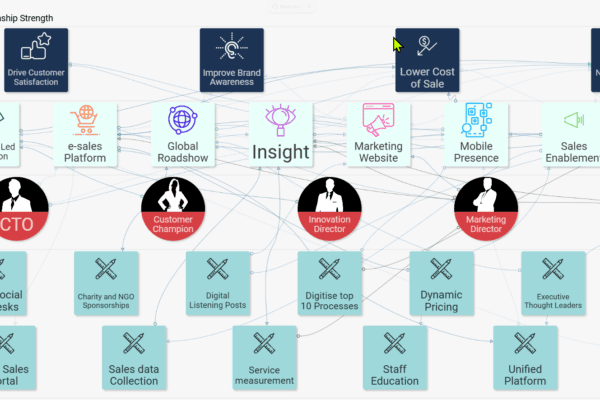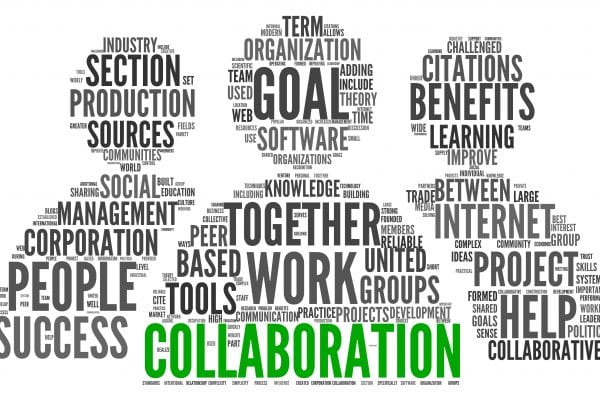
How flexible is your workplace now?
Back in June 2018 there was a significant gap in what workers had and what workers wanted with regards to workplace flexibility as can be seen in Figure 1 above. Flexibility against each of the 6 questions was very low, going to the office at a regular time was standard practice. It would be interesting if the same survey was completed now. I am sure the flexibility gaps between what people now have and what they want have reduced and have moved further to the right on the graph, due to COVID-19.
Trusting people
When I moved to the US from the UK back in 2001 to set up a new consulting practice for the company I was working for at that time, the way of working and delivering the consulting services was quite different to delivering construction projects. The consulting services we delivered meant that consultants would need to travel to different locations rather than work from a fixed office or project site, which was a change. I introduced the concept of people working remotely with a degree of flexibility as to when they actually worked. Initially this change did not go down to well with the local management team that I was working with.
“Everyone has be in the office if they are not working at a client’s office.”
Firstly it was not practical with consultants located in multiple states. Travelling from California to New Jersey to be in the office just so that you could be seen, was never going to happen. The issue was “How can you be sure they are actually working, how can you trust them?”
This flexible, remote working was quite a big change compared to how we traditionally worked.
Unfortunately, video conferencing tools like MS Teams, WebEx, Zoom etc were not around to support daily communication and contact with employees. However, after going through the issues and practicalities of managing and supporting employees who in some cases might only come to the office one or twice a year was resolved and remote, flexible working was accepted. On reflection, there were two points that stood out for me that helped to make it work successfully.
Firstly, when explaining to new employees that I supported remote, flexible working and that I trusted them to complete the work, they viewed this independence as a “benefit” of the job. This level of responsibility, empowers the employees to be more confident in the decisions that they make and reduces the need for micro management. Ensuring everyone was aligned and what outcomes were expected – they knew what “good looked like” and slowly the culture changed. They also knew there would be consequences if they abused that trust.
Secondly, in the office we had a visual 90 day look ahead chart of all people and the projects they were working on. Importantly, it showed where people were, what they working on and when. It also illustrated peoples utilisation and therefore billable time. This was updated weekly in a teleconference call with my lead managers and was key to getting remote, flexible working accepted.
Although this was a change, together we had co-created a flexible way of working that was needed to deliver our consulting services successfully.
Virtual Working and Collaboration
Working virtually is now widely accepted and the need for flexibility between employer and employee is a must. People are having to work from home because of the current pandemic, which means there are other distractions that cannot be totally avoided. However, now that this has happened, a large number of people do not want to go back to the old way of working. So the future of work has changed and is certainly being challenged.
There are other issues to contend with, such as what is the “workday”. Can you stick to the work hours when you have other family members working at home? And what about the constant video conferencing calls now that you are working remotely and available online? Is that productive? Generally people are learning to manage and balance their time independently and overall, claim their productivity has increased. Only time will tell.
The rapid adoption of technology has increased productivity, especially for SME’s. Now that the tactical, operational response to the initial lock down and this new way of working has largely been completed, the time to consider the strategic implications of moving forward with this way of working is critical. At the beginning of the year your strategy probably did not consider flexible remote working. On a recent Deloitte webinar 4 points were raised:
- Future of Work
- Business Resilience – finance, operations and reputation
- Technology and implication of skills
- Focus on climate and sustainability – virus has focused on public health and our vulnerabilities
How have you addressed these points in your business?
Your Virtual Collaboration Blueprint
Taking a more strategic approach to your remote flexible working, will involve leadership, alignment and a change in culture supported by the development of skills, new or updated business processes, all of which can be enabled by technology where appropriate.
To date there has been the rapid implementation of cloud based technologies to ensure business continuity is maintained, so that people can work safely and complete their work. This forced change has been done very successfully, especially considering the short time frame in which it has been done. So what next?
Incorporating a virtual collaboration blue print into your existing business strategy and ways-of-working will help you to address the points raised above. Again, time is not on your side as we start to see the rates of infections increasing as we move into the winter months for northern hemisphere countries, and governments are responding to this rise with more stringent rules. The lack of a vaccine, potential further lock downs, and major events such as the US elections and Brexit, may increase stress and uncertainty for you and other businesses.
A quick and easy way to start developing your virtual collaboration blueprint is to complete an initial ISO 44001 Collaboration Gap Analysis, which can be used both internally with colleagues and externally with your business partners. The gap analysis covers 8 key stages, one of which is stage 5, Working Together and provides an instant and comprehensive review of your collaboration capability, including remote, flexible working.
Online Collaboration Workshop
Invite colleagues to assess your current virtual collaboration capability and co-create your collaboration blueprint as part of your strategic roadmap, so that you can share and use it to ensure your remote and flexible working continues successfully. It will also help you to innovate, evolve and support your future way of working and increase your business resilience by identifying the necessary organisational, people skills, processes and technology changes you need to make, now and in the future.
Book your complimentary ISO 44001 Discovery or Collaboration Gap Analysis call by clicking on one of the events below, select a date and time that is suitable for you and you will receive a confirmation email with a Microsoft Teams link for our call.



